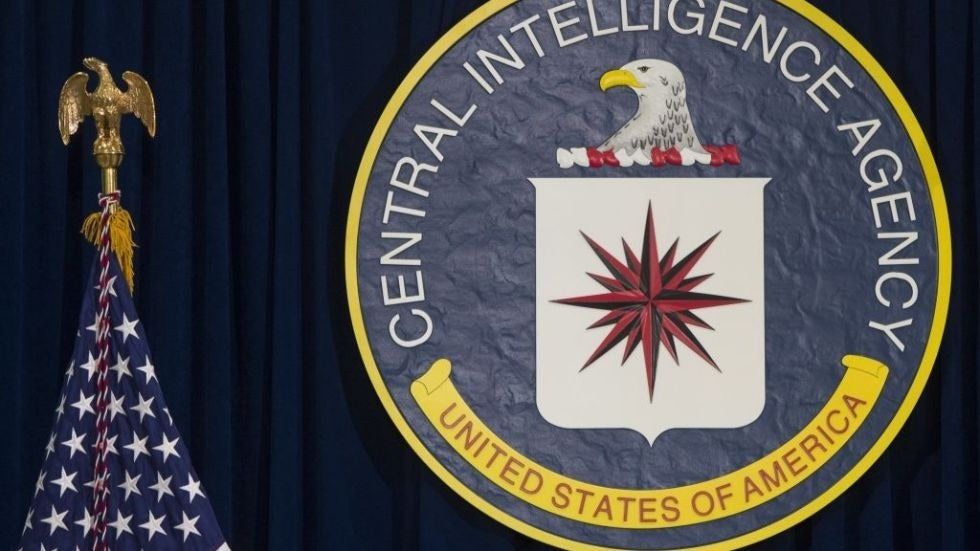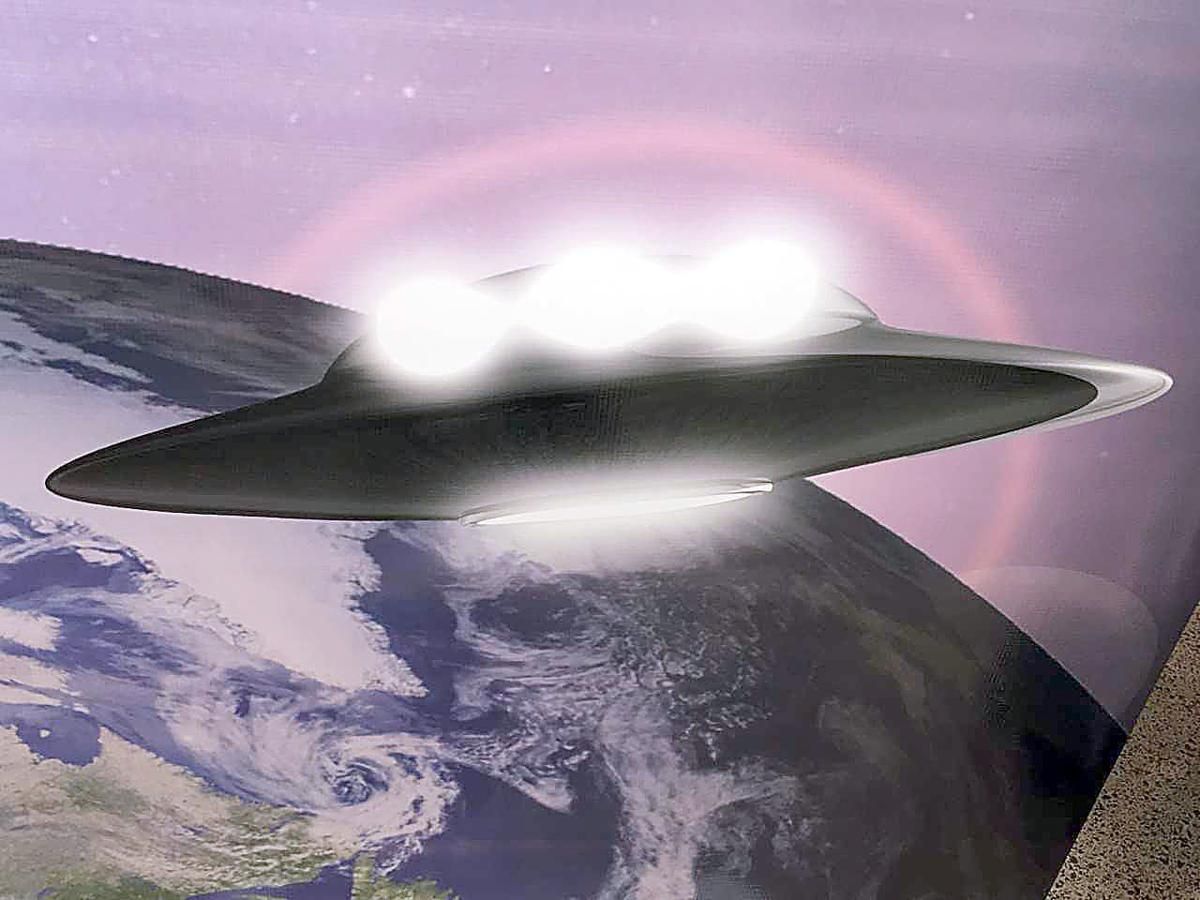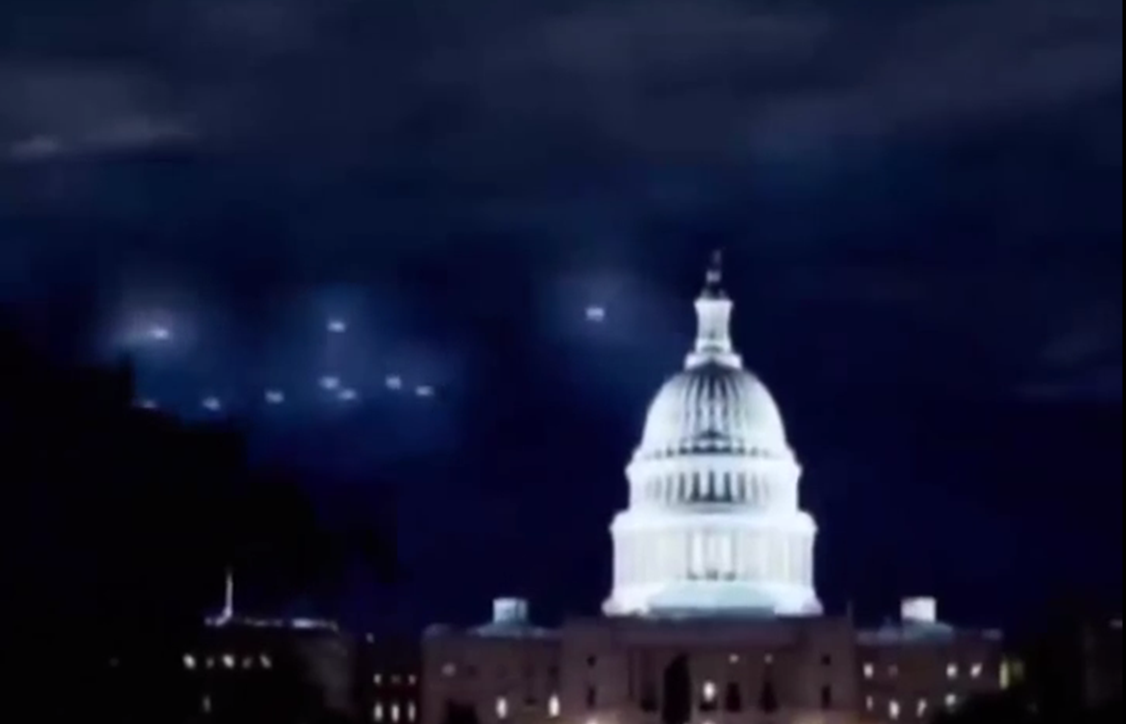How the CIA Tried to Quell a UFO Panic During the Cold War
Listen to “E222 How the CIA Tried to Quell a UFO Panic During the Cold War” on Spreaker.
Article by Becky Little January 5, 2020 (history.com)
• In the 1950s, when Cold War anxiety in America ranged from Soviet psychological warfare to nuclear annihilation, LIFE Magazine published a story titled “Have We Visitors From Space?” that offered “scientific evidence that there is a real case for interplanetary saucers.” A few months later in the summer of 1952, newspaper headlines blared reports of flying saucers swarming Washington, D.C. During this period, the US Air Force said that reported UFO sightings jumped from 23 to 148.
• the U.S. government worried about the prospect of a growing national hysteria. The CIA decided it needed a “national policy” for “what should be told the public regarding the phenomenon, in order to minimize risk of panic.” The CIA convened a group of scientists to investigate whether the UFO phenomena represented a national security threat.
• The CIA’s Office of Scientific Intelligence collaborated with Howard Percy Robertson, a professor of mathematical physics at the California Institute of Technology, to gather a panel of nonmilitary scientists. The Robertson panel met for a few days in January 1953 to review Air Force records about UFO sightings going back to 1947. The panel reviewed Project Blue Book investigators Captain Edward J. Ruppelt and J. Allen Hynek and concluded that many of these ‘unexplained’ sightings were actually explainable if you just got creative about it. The panel’s main concern was controlling public hysteria.
• According to former UK government UFO investigator, Nick Pope, the CIA was worried that “the Soviets would find a way to use the huge level of public interest in UFOs to somehow manipulate, to cause panic; which then could be used to undermine national cohesiveness.” The Robertson report itself supports this viewpoint, suggesting “mass hysteria” over UFOs could lead to “greater vulnerability to possible enemy psychological warfare.”
• The Robertson report, which was released to the public in 1975 (see the Robertson report here), recommended debunking the notion of UFOs in the media content of articles, TV shows and movies in order to “… reduce the current gullibility of the public and … their susceptibility to clever hostile propaganda.”
• News reporter and book author, Leslie Kean, points to a CBS television show hosted by Walter Cronkite in 1966, which a Robertson panelist claimed to have helped organize “around the Robertson panel conclusions”. The program focused on debunking UFO sightings.
• Between 1966 and 1968, the US Air Force commissioned another ‘scientific’ inquiry into Project Blue Book by physicist Edward U. Condon and a group of scientists at the University of Colorado. The Condon Committee concluded that UFOs posed no threat to the U.S., and that most sightings could be easily explained. It also suggested that the Air Force end Project Blue Book’s investigations into UFOs—which it did in 1969. (see Condon Report here)
• UFO researchers have suggested that the government never really allowed the Robertson panel, the Condon Committee, or even Project Blue Book to review the most sensitive ‘classified’ UFO sightings. This is directly supported by a 1969 memo signed by Brigadier General Carroll H. Bolender revealing the Air Force hadn’t shared all UFO sightings with Project Blue Book and would continue to investigate sightings that could present a national security threat after the project ended.
• Critics claim that the real goal of the Robertson panel, the Condon Committee, and Project Blue Book was never to identify UFOs, but simply to influence public reaction to them. If so, then the government must have had information about extraterrestrials it wanted to conceal.
• The secrecy involving national security issues gave the CIA and the Air Force the audacity to explain away UFO sightings as “natural phenomena such as ice crystals and temperature inversions.” An example of a cover-up of UFOs that continues to today is the CIA’s claim that over half of the UFOs reported in the 1950s and 60s were actually US spy planes. CIA National Reconnaissance Office historian Gerald K. Haines notes a CIA tweet in 2014 that read, “Remember reports of unusual activity in the skies in the ‘50s? That was us.”

In January 1953, the fledgling Central Intelligence Agency had a thorny situation on its hands. Reports of UFO sightings were mushrooming around the country. Press accounts were fanning public fascination—and concern. So the CIA convened a group of scientists to investigate whether these unknown phenomena in the sky represented a national security threat.

But there was something else.
At a time when growing Cold War anxiety about the Soviets ranged from psychological warfare to wholesale nuclear annihilation, the U.S. government worried about the prospect of a growing national hysteria. In the previous year, UFOs had begun to figure prominently in the public conversation. In April 1952, the popular magazine LIFE published a story titled “Have We Visitors from Space?” that promised to offer “scientific evidence that there is a real case for interplanetary saucers.” In July that year, newspaper headlines around the country blared reports of flying saucers swarming Washington, D.C. Between March and June that year, the number of UFO sightings officially reported to the U.S. Air Force jumped from 23 to 148. Given all the attention UFOs were getting, the CIA decided it needed a “national policy” for “what should be told the public regarding the phenomenon, in order to minimize risk of panic,” according to government documents.
The Robertson report: The real enemy is hysteria

To this end, the CIA’s Office of Scientific Intelligence collaborated with Howard Percy Robertson, a professor of mathematical physics at the California Institute of Technology, to gather a panel of nonmilitary scientists. The Robertson panel met for a few days in January 1953 to review Air Force records about UFO sightings going back to 1947.
Project Blue Book, which had started in 1952, was the latest iteration of the Air Force’s UFO investigative teams. After interviewing project members Captain Edward J. Ruppelt and astronomer J. Allen Hynek, the panel concluded that many sightings Blue Book had tracked were, in fact, explainable. For example, after reviewing film taken of a UFO sighting near Great Falls, Montana on August 15, 1950, the panel concluded what the film actually showed was sunlight reflecting off the surface of two Air Force interceptor jets.
The panel did actually see a potential threat related to this phenomena—but it wasn’t saucers and little green men.
“It was the public itself,” says John Greenewald, Jr., founder of The Black Vault, an online archive of government documents. There was a concern “that the general public, with their panic and hysteria, could overwhelm the resources of the U.S. government” in a time of crisis.
FAIR USE NOTICE: This page contains copyrighted material the use of which has not been specifically authorized by the copyright owner. ExoNews.org distributes this material for the purpose of news reporting, educational research, comment and criticism, constituting Fair Use under 17 U.S.C § 107. Please contact the Editor at ExoNews with any copyright issue.





